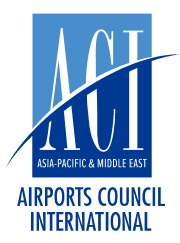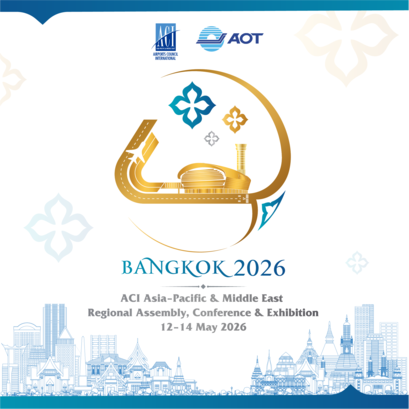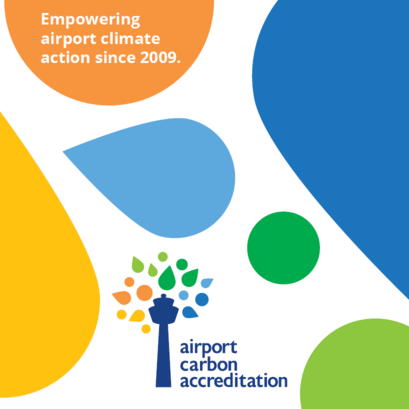WBP Redwater Discusses Forecasting Challenges
- 15 Oct 2020

Anthony Cicuttini, World Business Partner Redwater’s Managing Director sat down with ACI Asia-Pacific to share thoughts on forecasting challenges.
Since the breakout of the COVID-19 pandemic, many have peered into the crystal ball to find out when and how our aviation industry will recovery. Redwater Consulting Group, one of ACI Asia-Pacific’s World Business Partners, specializes in transport and infrastructure economics and strategy consultancy.
JW: In interacting with your airport clients, what were the most frequently-asked questions or concerns?
By far the most frequently-asked question was (is) when we think traffic will return to normal. Secondly was how bad do we think the crisis could get. Before these events unfolded, it would have been unfathomable to think the aviation industry would have shut down the way it has. Consequently, our answers to these questions have varied over time as new travel restrictions were introduced, and airlines started to decrease flying and mothballing aircraft. It continues to change as some travel restrictions are eased and airlines begin to add capacity.
JW: What were some practical and unexpected challenges faced when revising traffic forecasts during the crisis, when things are still volatile?
The main challenge was the speed at which the crisis unfolded. Even when you thought it couldn’t possibly get any worse, it did. This volatility makes it incredibly difficult to forecast accurately, with traditional data sources almost immediately out of date when they were queried. It became apparent that forecasts needed to be based on a different approach that could better incorporate movements in the market and capacity changes by airlines. Inevitably, this means developing scenario models using a building block approach in response to changes in travel restrictions and capacity announcements by airlines.
The main challenge was the speed at which the crisis unfolded. This volatility makes it incredibly difficult to forecast accurately, with traditional data sources almost immediately out of date when they were queried.
JW: What do airports need to be mindful of when considering different recovery scenarios?
Forecasting is a management and decision support tool and, regardless of airport size, it is important to identify what decisions need to be made from their findings. What’s the objective? What decisions do we need to make today to safeguard the business in the future or to take advantage of opportunities that may arise? This will help determine the scope and granularity of the forecast model needed, making the process as efficient and effective as possible.
JW: How would Redwater differentiate advice for a larger hub airport versus a smaller regional airport?
Regional airports, being less complex than their larger counterparts, may be okay with simplified models whereas hub airports have a higher number of moving parts to deal with. Their exposure to international markets as well as domestic likely means there are more factors that will affect them in the short-term. Regional airport forecasts could be as simple as developing a few recovery scenarios based on judgement of the market while hub airports may need to incorporate daily or weekly schedule updates. It really depends though on what decisions need to be made from the data.
- CATEGORY
- COUNTRY / AREA
- Hong Kong
- AUTHOR
- Jeannie WongACI Asia-Pacific









